Regulation
OpenAI Executive Jan Leike Resigns, Calls for Stronger AGI Safety Measures
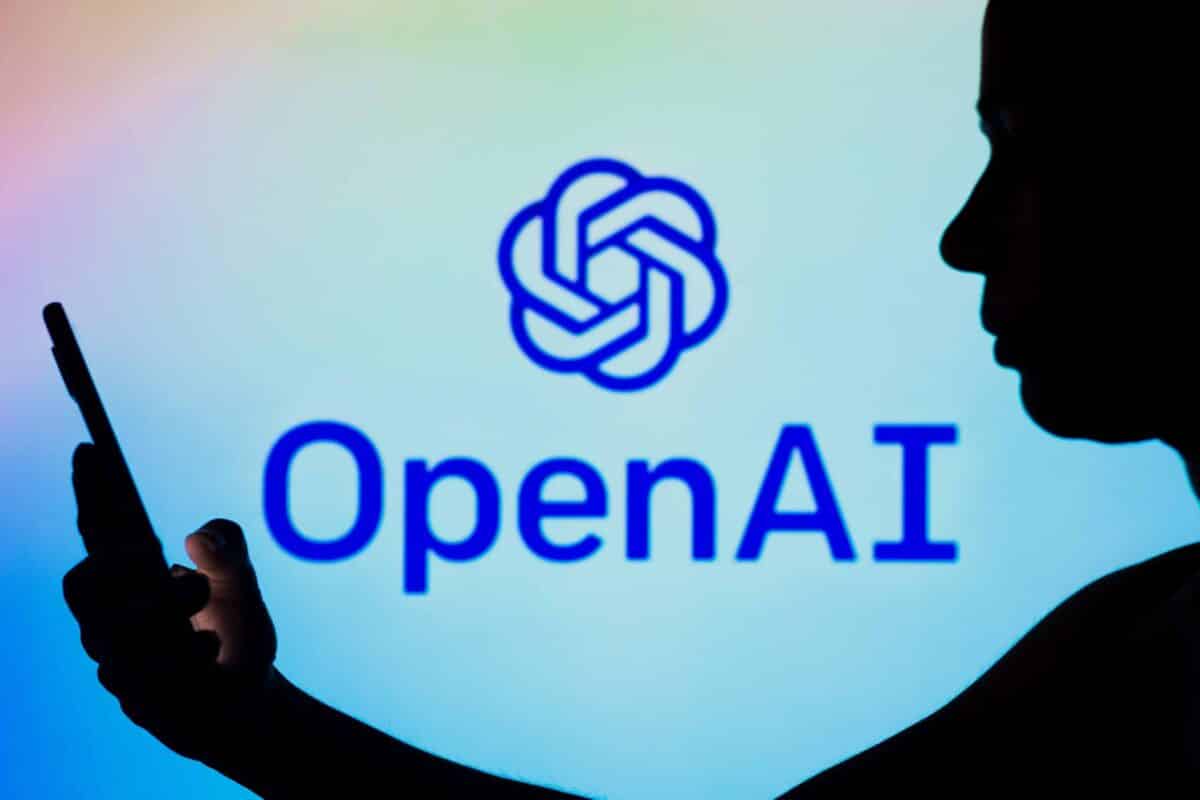
Jan Leike, the head of alignment in OpenAI and the leader of ‘Superalignment’ team has left this company due to his worries about its priorities which he thinks are more focused on product development than AI safety.
Leike made a public announcement of his resignation on May 17, through a series of posts on the social media platform X, which was previously known as Twitter. He stated that the OpenAI leadership was wrong in their choice of core priorities and they should place more emphasis on safety and preparedness as AGI development is moving forward.
Jan Leike’s Safety Concerns and Internal Disagreements
Leike, who had been with OpenAI for about three years, pointed out in his posts that the culture and processes around AI safety were being neglected by the development of “shiny products”. He expressed concern over the allocation of resources, saying that his team needed help to get the necessary computing power to carry out important safety research.
Building smarter-than-human machines is an inherently dangerous endeavor.
OpenAI is shouldering an enormous responsibility on behalf of all of humanity.
— Jan Leike (@janleike) May 17, 2024
“The construction of machines that are smarter than humans is a risky task by itself,” Leike quoted, thus indicating the OpenAI’s responsibility for humanity.
His resignation came almost at the same time as Ilya Sutskever’s departure. Sutskever, the co-leader of the ‘Superalignment’ team and OpenAI’s chief scientist, had already announced his resignation a few days earlier. The departure of Sutskever was a noticeable since he co-founded OpenAI and participated in various research projects, including the development of ChatGPT.
Dissolution of the Superalignment Team
In view of the recent resignations, OpenAI has decided to disband the ‘Superalignment’ team and its functions will be merged with other research projects in the company. Bloomberg told that this decision is a result of the internal restructuring which has been going on since the governance crisis in November 2023 when CEO Sam Altman was temporarily removed and President Greg Brockman lost his chairmanship.
The ‘Superalignment’ team, created to deal with the existential risks that were brought by advanced AI systems and was responsible for developing solutions of controlling and steering superintelligent AI. Their work was considered as the most important in making preparations for the next generations of AI models.
Although the team was dissolved, OpenAI has promised that research on long-term AI risks will go on under the direction of John Schulman, who is leading also a team which develops how to fine-tune AI models after training.
OpenAI’s Current Trajectory and Prospects
Leike and Sutskever’s resignations, together with the disbanding of ‘Superalignment’ team, have been followed by a high-level scrutiny on AI safety and governance at OpenAI. This is the result of a long period of contemplation and disagreement, especially after Sam Altman was dismissed and then later rehired.
The departures and restructuring indicate that OpenAI may not be committed to the safety as it continues to develop and release advanced AI models. Lately, OpenAI has introduced a new “multimodal” AI model, GPT-4o, which can interact with humans more naturally and in an almost human-like way. Although this achievement proves OpenAI’s technological skills, it also reveals the ethical issues concerning privacy, emotional manipulation, and cybersecurity risks.
Though there is a lot of commotion, OpenAI still sticks to the main goal which is to create AGI safely and for the good of humanity. In a post on X, Sam Altman, OpenAI’s CEO admitted Leike’s work and stressed the company’s commitment to AI safety.
“I’m very grateful to @janleike for his great contributions to OpenAI’s alignment research and safety culture, and I am really sad that he is leaving. He’s right we have a lot more work to do; we are determined to do it. I will post my longer version in the next couple of days,” Altman wrote.
Read Also: Binance Pushes For SHIB, USTC, AGIX Liquidity and Trading Boost
The presented content may include the personal opinion of the author and is subject to market condition. Do your market research before investing in cryptocurrencies. The author or the publication does not hold any responsibility for your personal financial loss.
Regulation
“Crypto Dad” Chris Giancarlo Emerges Top For White House Crypto Czar Role
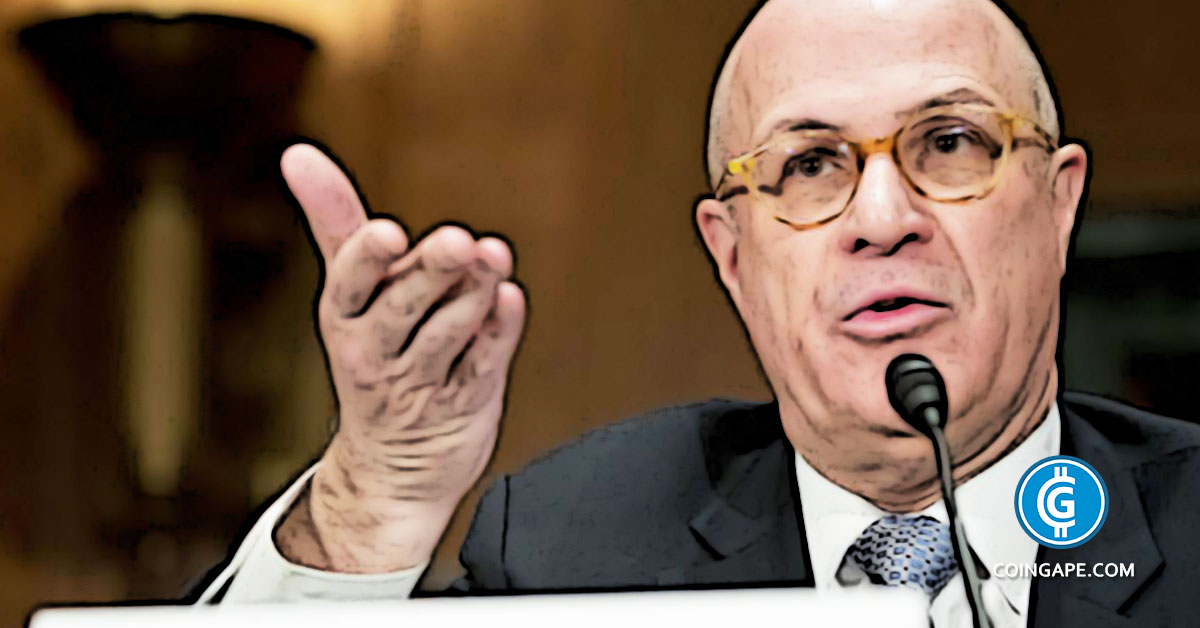
Chris Giancarlo, widely known as “Crypto Dad,” has emerged as the leading candidate for a newly proposed role of crypto czar in the White House under President-elect Donald Trump’s administration. The potential appointment underscores a strategic effort to advance crypto regulations and foster blockchain innovation in the United States.
This proposed position would be the first of its kind in the White House, aiming to bring clarity to the growing $3 trillion digital asset market. Chris Giancarlo, the former Chair of the Commodity Futures Trading Commission (CFTC), is known for his progressive approach to digital currencies and blockchain technologies.
Chris Giancarlo Leads Race for White House Crypto Czar Role Under Donald Trump
According to a Fox Business report, Chris Giancarlo is the top contender for the position of White House crypto czar, a role being considered by the Trump transition team to streamline crypto regulations and foster blockchain development.
As CFTC Chair from 2017 to 2019, Chris Giancarlo oversaw critical advancements in the digital asset space. This includes the launch of the first Bitcoin futures. He later co-founded the Digital Dollar Project, a nonprofit initiative exploring the potential of a U.S. central bank digital currency (CBDC). Giancarlo’s regulatory expertise and understanding of digital innovation position him as a key figure in shaping the future of the crypto sector.
The Trump administration aims to utilize this position to address industry concerns over the Biden administration’s perceived heavy-handed enforcement. The crypto czar would also collaborate with federal agencies to establish a framework for the $180 billion stablecoin market and enhance the overall regulatory landscape for blockchain and digital currencies.
Trump’s Strategic Approach to Digital Asset Policy
President-elect Donald Trump has expressed plans to make the U.S. a global leader in cryptocurrency and blockchain innovation. Part of this strategy includes appointing a crypto czar to advance policies to support the industry’s growth.
Trump has also proposed the establishment of a presidential crypto advisory council to address ongoing regulatory challenges. This initiative aims to align federal policies with industry needs, fostering a competitive environment for blockchain businesses. The council will explore the creation of a Bitcoin reserve as part of the administration’s broader crypto policy agenda.
The transition comes as current SEC Chair Gary Gensler announced his resignation effective January 20, 2025, coinciding with Trump’s inauguration. Gensler faced criticism during his tenure for his enforcement-driven approach to crypto regulations.
Amid speculation, Chris Giancarlo clarified that he is not pursuing the SEC Chair role. Giancarlo said in a recent statement,
“I’ve already cleaned up earlier Gary Gensler mess at the CFTC and don’t want to have to do it again.”
His focus remains on advancing crypto-friendly policies through a potential new role. According to the report, the “Crypto Dad” stated,
“I would be honored to be considered for the role.”
The creation of the crypto czar position could mark a pivotal moment in the evolution of U.S. crypto policy. With Chris Giancarlo leading the race, the industry anticipates advancements in crypto regulations under the new administration.
Disclaimer: The presented content may include the personal opinion of the author and is subject to market condition. Do your market research before investing in cryptocurrencies. The author or the publication does not hold any responsibility for your personal financial loss.
Regulation
UK to unveil crypto and stablecoin regulatory framework early next year


- The UK will introduce unified crypto regulations, including stablecoins, in early 2025.
- New rules aim to simplify oversight and avoid restrictive staking classifications.
- Labour government aims to compete with EU’s MiCA rules and US pro-crypto policies.
The United Kingdom is set to introduce a comprehensive regulatory framework for cryptocurrencies, stablecoins, and crypto staking services in early 2025, marking a pivotal shift in its approach to digital assets.
The announcement was made by the Economic Secretary to the Treasury Tulip Siddiq at City & Financial Global’s Tokenisation Summit in London on November 21.
Initially slated for December 2024, the regulatory rollout was delayed due to the change in government following the election of Prime Minister Keir Starmer’s Labour administration in July 2024.
The upcoming UK crypto regulatory framework
The upcoming framework consolidates regulations for crypto assets into a single, overarching regime, a decision Siddiq described as “simpler and more logical.”
The framework aims to provide clarity in a rapidly growing sector that has faced uncertainty in the UK.
Stablecoins will receive distinct treatment under these regulations, as their functionality does not align with existing payment services rules.
Siddiq highlighted that staking services would also avoid being designated as “collective investment schemes,” a classification that could impose burdensome restrictions.
UK aims to align with the global crypto regulatory landscape
The UK government’s renewed focus on digital asset regulation comes as it seeks to align with global developments. The European Union’s Markets in Crypto-Assets (MiCA) regulations will be fully enforced by the end of 2024, offering regulatory certainty that has positioned Europe as an attractive market for the crypto industry.
Meanwhile, the US, under President Donald Trump’s administration, has adopted a markedly pro-crypto stance, including the establishment of a White House “crypto czar” and SEC Chair Gary Gensler’s planned departure in January 2024.
The Labour government has shown its intent to catch up with international competition. In September 2024, it introduced a bill recognizing NFTs, cryptocurrencies, and carbon credits as property.
The new regulatory push reflects the UK’s ambition to regain credibility as a crypto hub while addressing criticisms of the Financial Conduct Authority’s perceived stringent oversight.
By delivering a robust, streamlined framework, the Labour government aims to bolster the UK’s standing in the multibillion-dollar crypto industry.
Regulation
Gary Gensler To Step Down As US SEC Chair In January
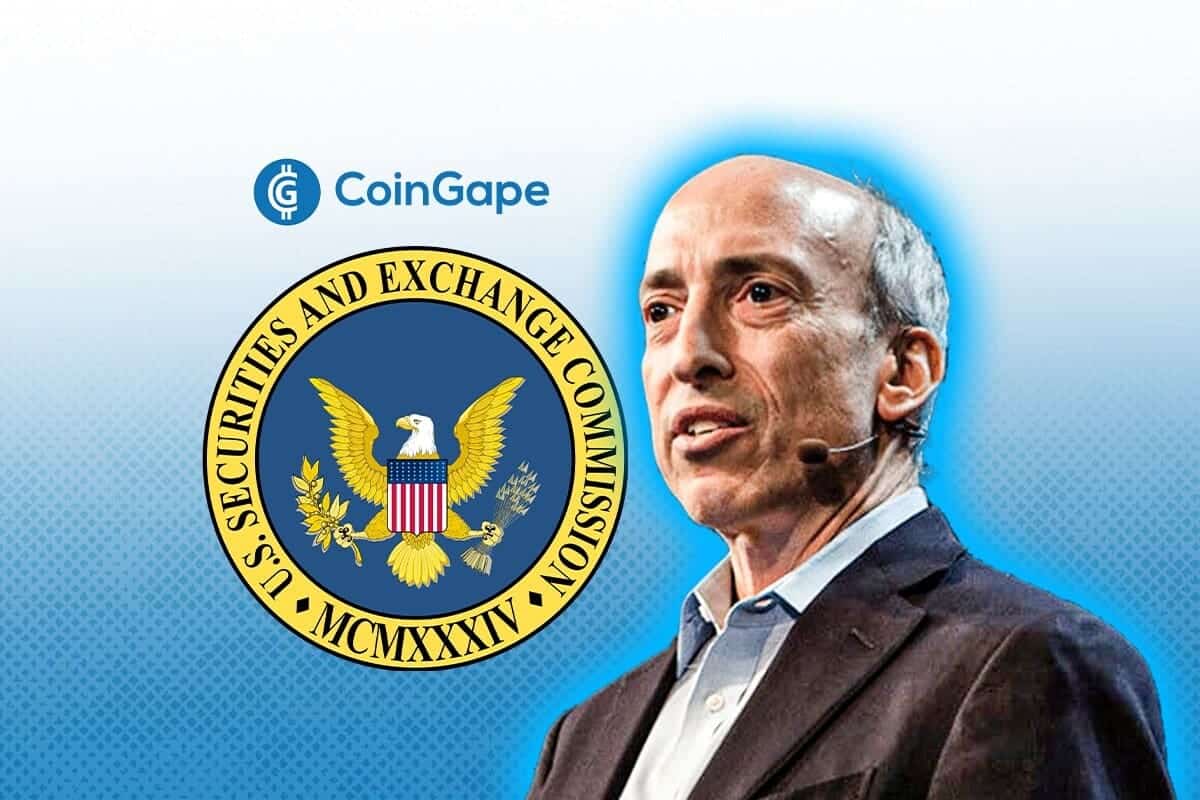
In a recent development, the US Securities and Exchange Commission (SEC) announced that Gary Gensler will step down from his position next year. This follows calls for Gensler to resign since Donald Trump won the US presidential elections.
Gary Gensler To Step Down As US SEC Chair
The US SEC announced in a press release that Gary Gensler will depart the Agency on January 20, 2025. The US SEC Chair also confirmed this development in an X post. Interestingly, this comes on the same day that Donald Trump will be inaugurated as the 47th president of the United States.
Following the announcement, Gensler also used the opportunity to reflect on his time at the Commission. He remarked that it has been an “honor of a lifetime” to serve alongside those at the SEC. He also thanked President Biden for the opportunity to serve in the position. Gensler has been the US SEC Chair since April 2021. During his time, he has spearheaded several litigations against the crypto industry.
This includes the long-running legal battle with Ripple, which Gensler took over from his predecessor Jay Clayton, which bordered on whether XRP was a security. Up till now, the Agency continues to reiterate this ‘digital asset securities’ claim.
Disclaimer: The presented content may include the personal opinion of the author and is subject to market condition. Do your market research before investing in cryptocurrencies. The author or the publication does not hold any responsibility for your personal financial loss.
-

 Bitcoin23 hours ago
Bitcoin23 hours agoMarathon Digital Raises $1B to Expand Bitcoin Holdings
-

 Regulation17 hours ago
Regulation17 hours agoUK to unveil crypto and stablecoin regulatory framework early next year
-

 Market23 hours ago
Market23 hours agoETH/BTC Ratio Plummets to 42-Month Low Amid Bitcoin Surge
-

 Market22 hours ago
Market22 hours agoSEC Moves Toward Solana ETF Approval Amid Pro-Crypto Shift
-

 Market14 hours ago
Market14 hours agoGOAT Price Sees Slower Growth After Reaching $1B Market Cap
-

 Market20 hours ago
Market20 hours agoAptos Partners with Circle and Stripe to Revitalize Network
-
Altcoin14 hours ago
Dogecoin Code Appears In CyberTruck And Model 3 Website, Will Tesla Accept DOGE Payments For Cars Soon?
-
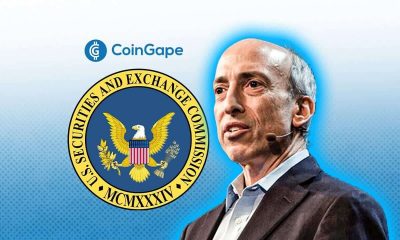
 Regulation20 hours ago
Regulation20 hours agoGary Gensler To Step Down As US SEC Chair In January




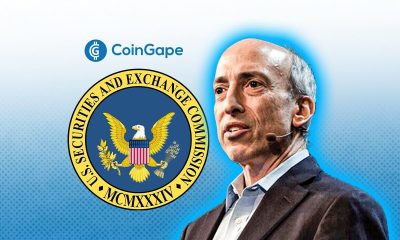


















✓ Share: